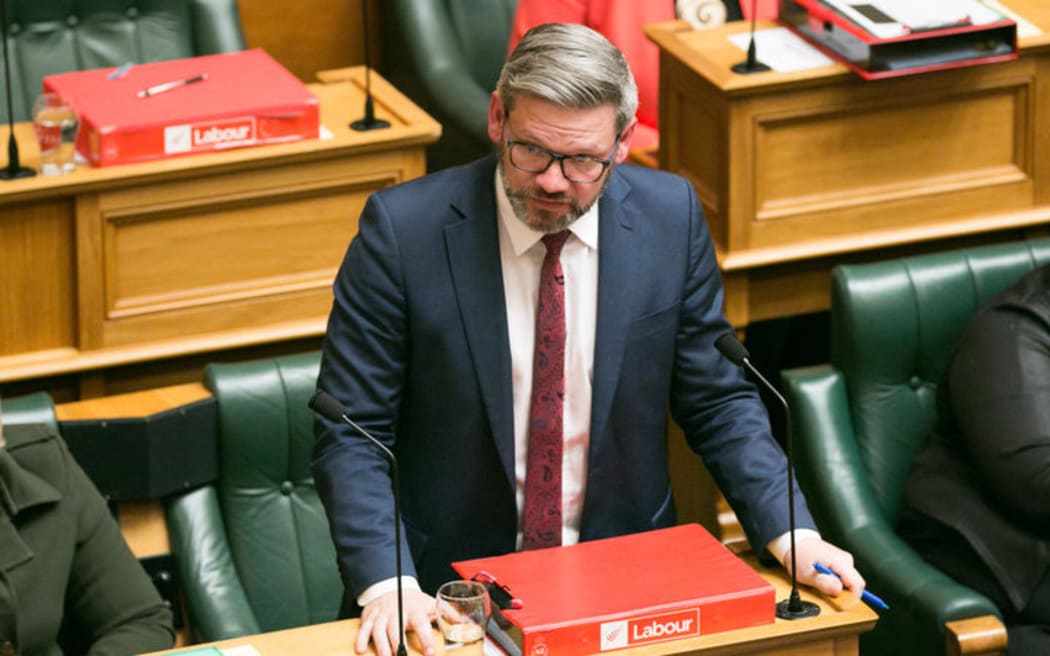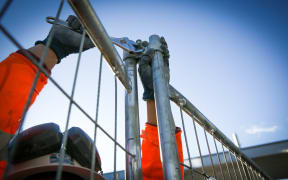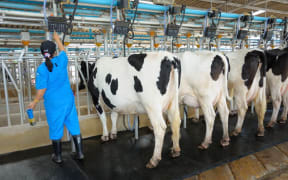The government is flagging changes to the list of 'high risk' industries that require health and safety representatives, from which agriculture was excluded under the previous government.

Workplace Relations Minister Iain Lees-Galloway Photo: VNP / Daniela Maoate-Cox
Workplace Relations Minister Iain Lees-Galloway said it would be reasonable to expect "genuinely" high risk sectors would be on that list.
"That is the list that excluded agriculture and included worm farms, and I don't think that's a good example of the system being focused on what's important and what will make the biggest impact."
He said people could expect some change in that area, which the government would announce in the "very near future".
For the broader strategy, the government is calling for feedback on its new Health and Safety at work discussion document, a follow on from the work done after Pike River.
The main areas of focus include better co-ordination of people in the system, improving capability, and being able to monitor performance more effectively.
Mr Lees Galloway was asked how, in practical terms, the government intended to do that.
"Workers have to have a voice, workers have to be able to be part of decisions that are made in their workplace, that they are able to speak up when they see unsafe practices or identify risks."
He said there had been a much greater focus on health and safety since the Pike River tragedy, including new legislation and the establishment of Worksafe.
"But the truth is we still are a long way behind other countries we usually compare ourselves with, for instance the UK, Australia, Europe.
"The rate of deaths, injuries and core health at work in New Zealand are far higher than all of those countries, which indicated we've got a long way to go," said Mr Lees Galloway.
One specific aim, he said, was to decrease the rates of death and injury of Māori workers.
"Māori workers are over-represented in high risk occupations, particularly like forestry and farming, but we also know they are often in more precarious work arrangements, often on work sites that are more isolated and they often have less control over their work."
Public consultation closes on 8 June.





